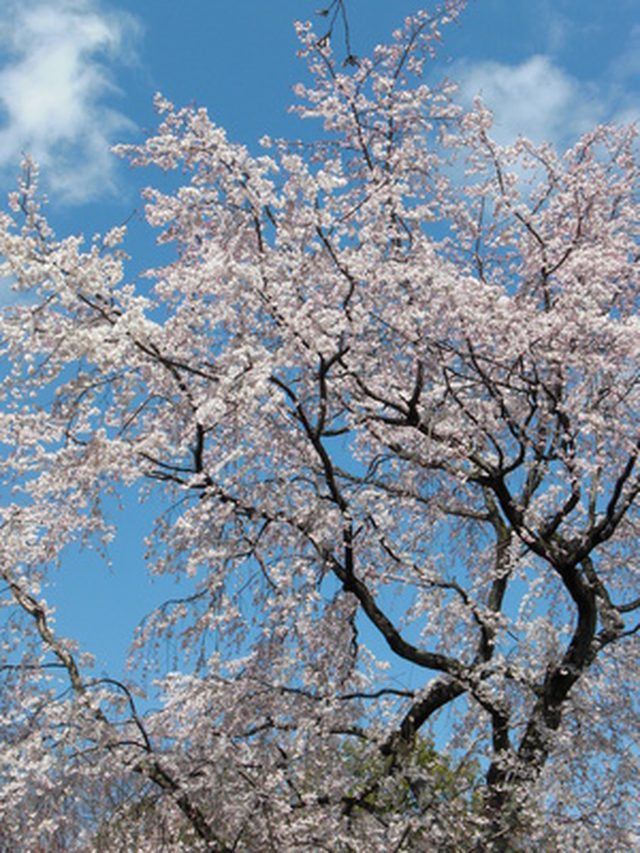Bulbs
Flower Basics
Flower Beds & Specialty Gardens
Flower Garden
Garden Furniture
Garden Gnomes
Garden Seeds
Garden Sheds
Garden Statues
Garden Tools & Supplies
Gardening Basics
Green & Organic
Groundcovers & Vines
Growing Annuals
Growing Basil
Growing Beans
Growing Berries
Growing Blueberries
Growing Cactus
Growing Corn
Growing Cotton
Growing Edibles
Growing Flowers
Growing Garlic
Growing Grapes
Growing Grass
Growing Herbs
Growing Jasmine
Growing Mint
Growing Mushrooms
Orchids
Growing Peanuts
Growing Perennials
Growing Plants
Growing Rosemary
Growing Roses
Growing Strawberries
Growing Sunflowers
Growing Thyme
Growing Tomatoes
Growing Tulips
Growing Vegetables
Herb Basics
Herb Garden
Indoor Growing
Landscaping Basics
Landscaping Patios
Landscaping Plants
Landscaping Shrubs
Landscaping Trees
Landscaping Walks & Pathways
Lawn Basics
Lawn Maintenance
Lawn Mowers
Lawn Ornaments
Lawn Planting
Lawn Tools
Outdoor Growing
Overall Landscape Planning
Pests, Weeds & Problems
Plant Basics
Rock Garden
Rose Garden
Shrubs
Soil
Specialty Gardens
Trees
Vegetable Garden
Yard Maintenance
What Happens to Trees in the Spring?
What Happens to Trees in the Spring?. In the spring, the days grow longer, animals return to feed and pollinate local plants and people begin to work in the garden again. Spring is a busy time for trees. Deciduous trees sprout leaves again, while coniferous trees create new growth. All trees grow taller. Spring is the time when sap flows, flowers...
In the spring, the days grow longer, animals return to feed and pollinate local plants and people begin to work in the garden again. Spring is a busy time for trees. Deciduous trees sprout leaves again, while coniferous trees create new growth. All trees grow taller. Spring is the time when sap flows, flowers bloom and trees begin to grow and reproduce.
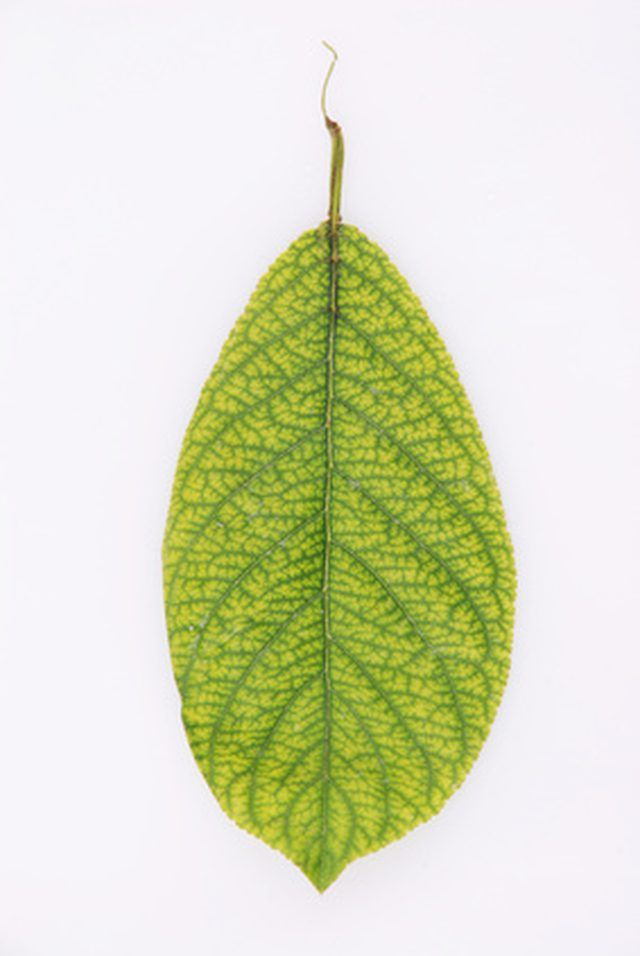
Winter is cold and dark. Trees need light and warmth to grow. This means that many trees become dormant during winter. In the spring, though, it begins to rain and the days become warmer and longer. Conditions are right for trees to grow.
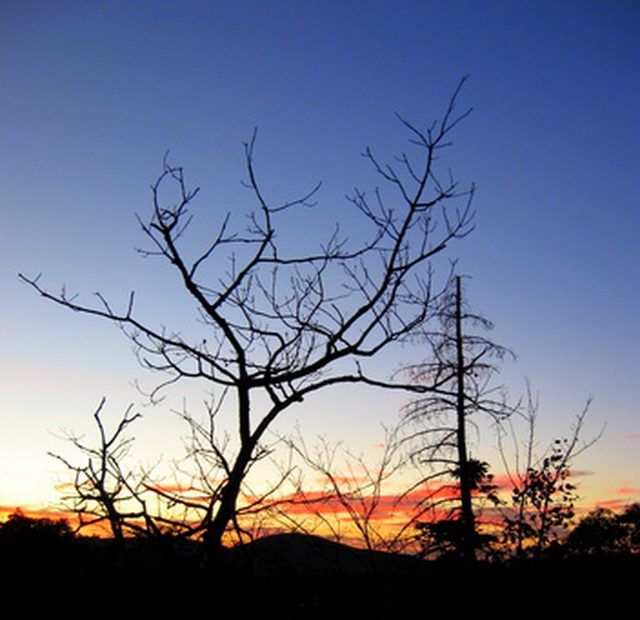
One of the first things that happens in the spring is that tree roots spring into action, moving water and nutrients from the soil into the rest of the tree. Under the layer of bark, water begins to move. Soon, this water will mix with simple sugars, the result of photosynthesis. The result is called sap.
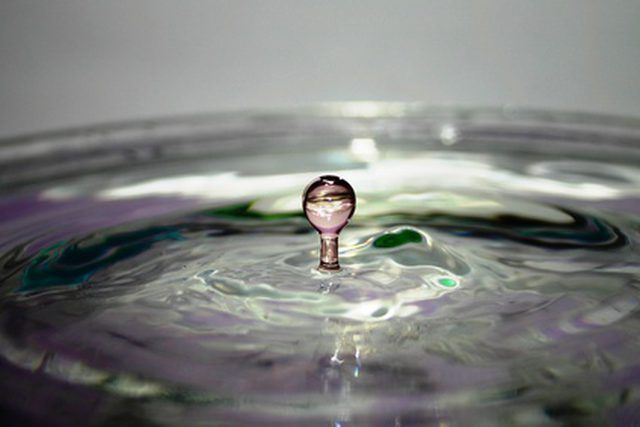
Tree buds open in the spring. These buds set in the summer and fall and the tree goes through the winter with unopened buds. In the spring, it's time for the tree to make food and reproduce. Leaves open and the tree uses chlorophyll, carbon dioxide, water and sunlight to create carbohydrates that act as food for the tree. Buds open and flowers come out. The trees spread pollen using wind or animals or floating seeds, allowing them to reproduce.
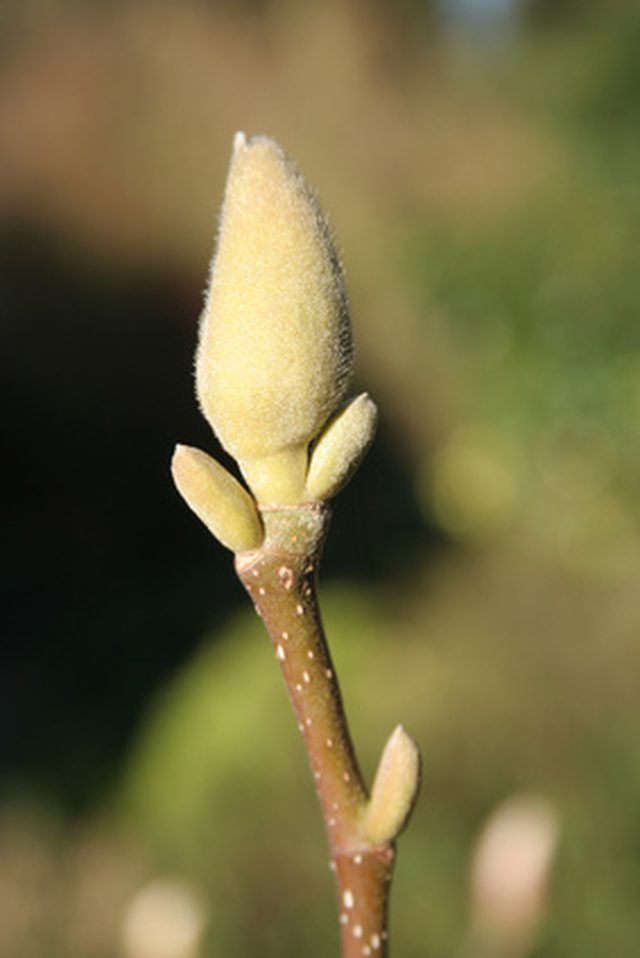
All of this activity allows trees to grow. In the spring and summer, trees add growth rings. By looking at a tree's old rings, you can see what summers were good and those with poor growing conditions. Gradually, the tree gets wider and taller.
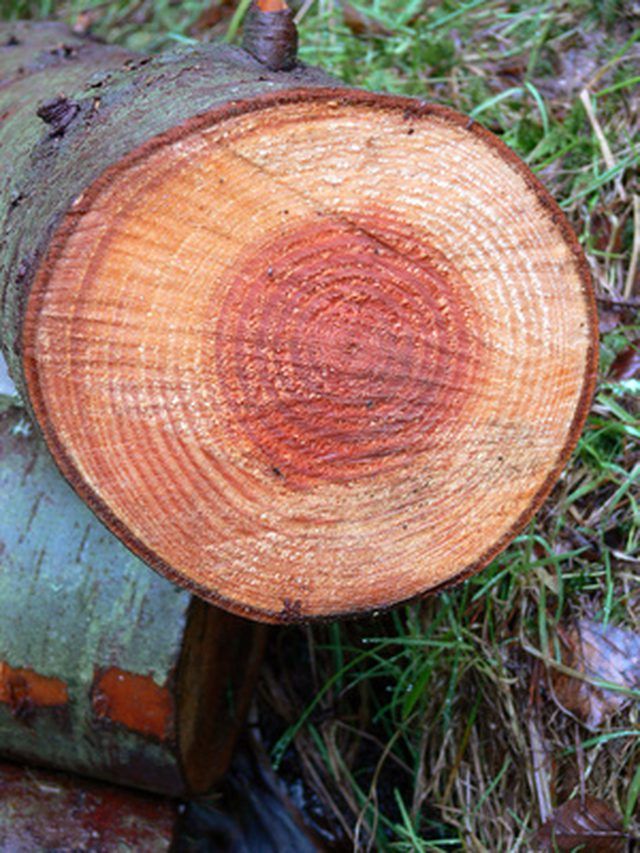
The emergence of spring flowers and leaves changes from year to year. In a warmer year, buds may open earlier. In a cooler year, the leaves and buds won't open as early. This minimizes the damage from frost and maximizes the light and nutrients the tree can create.
